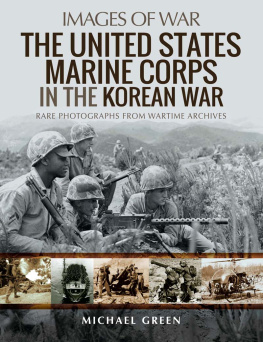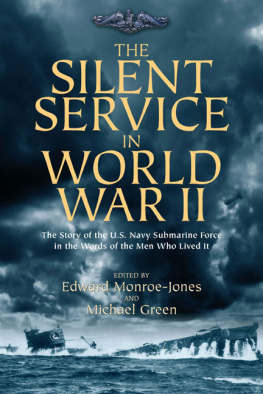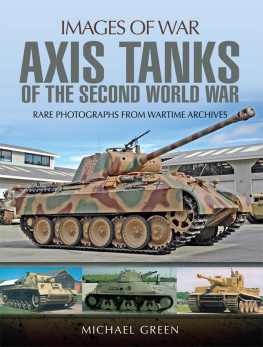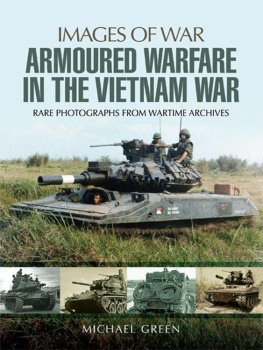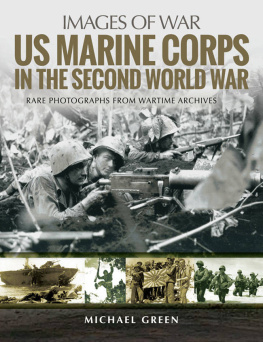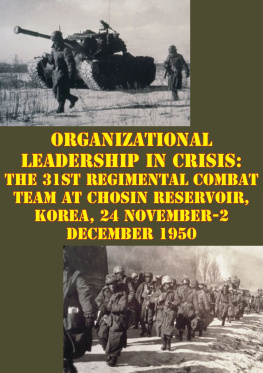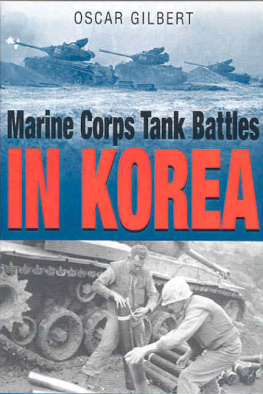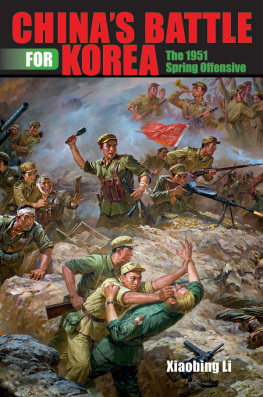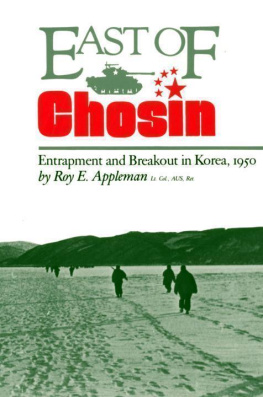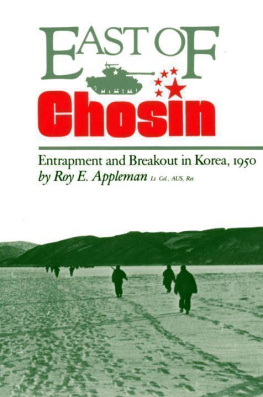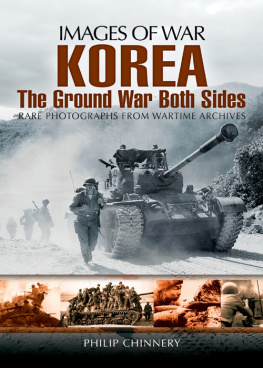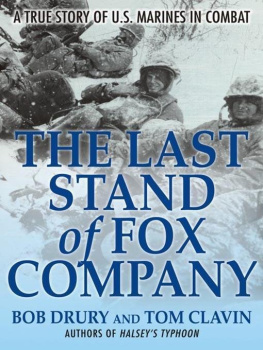Pagebreaks of the print version

IMAGES OF WAR
UNITED STATES MARINE CORPS IN THE KOREAN WAR
RARE PHOTOGRAPHS FROM WARTIME ARCHIVES
Michael Green
First published in Great Britain in 2021 by
PEN & SWORD MILITARY
an imprint of
Pen & Sword Books Ltd
47 Church Street
Barnsley
South Yorkshire
S70 2AS
Copyright Michael Green, 2021
ISBN 978-1-52676-537-6
ePUB ISBN 978-1-52676-538-3
Mobi ISBN 978-1-52676-539-0
The right of Michael Green to be identified as author of this work has been asserted by him in accordance with the Copyright, Designs and Patents Act 1988.
A CIP catalogue record for this book is available from the British Library.
All rights reserved. No part of this book may be reproduced or transmitted in any form or by any means, electronic or mechanical including photocopying, recording or by any information storage and retrieval system, without permission from the Publisher in writing.
Pen & Sword Books Limited incorporates the imprints of Atlas, Archaeology, Aviation, Discovery, Family History, Fiction, History, Maritime, Military, Military Classics, Politics, Select, Transport, True Crime, Air World, Frontline Publishing, Leo Cooper, Remember When, Seaforth Publishing, The Praetorian Press, Wharncliffe Local History, Wharncliffe Transport, Wharncliffe True Crime and White Owl.
For a complete list of Pen & Sword titles please contact
PEN & SWORD BOOKS LIMITED
47 Church Street, Barnsley, South Yorkshire S70 2AS, England
E-mail:
Website: www.pen-and-sword.co.uk
Dedication
This dedication goes to Marine Private First Class Eugene A. Obregon. He was posthumously awarded the Medal of Honor for an action that took place during the fighting for the South Korean capital city of Seoul on 26 September 1950. His citation reads as follows:
While serving as an ammunition carrier of a machine gun squad in a Marine Rifle Company which was temporarily pinned down by hostile fire, Private First Class Obregon observed a fellow Marine fall wounded in the line of fire. Armed only with a pistol, he unhesitatingly dashed from his covered position to the side of the casualty. Firing his pistol with one hand as he ran, he grasped his comrade by the arm with his other hand and, despite the great peril to himself, dragged him to the side of the road. Still, under enemy fire, he was bandaging the mans wounds when hostile troops of approximately platoon strength began advancing toward his position. Quickly seizing the wounded Marines carbine, he placed his own body as a shield in front of him and lay there firing accurately and effectively into the hostile group until he himself was fatally wounded by enemy machine-gun fire.
Foreword
W hen the Korean War the Forgotten War began, it raised three major issues that continue to impact us today, for better or worse. The first was that the United Nations (UN) authorized the use of force against member nations to stop an invasion. When the war began, it was the first time since the UN began after the Second World War that the Security Council authorized the use of force to repel an invading army.
Secondly, the Korean War would be the first time that the US military would fight under a different flag, not the Stars and Stripes. Although under the auspices of the UN, there was no doubt that although under a different flag, American forces, military leadership and political will would come from the United States.
Finally, and most importantly, the Korean War saved the United States Marine Corps from extinction. There was a growing movement within and outside of government to take the fiercest and most determined fighters during the Second World War, the iconic raggedy ass Marines and demobilize them except for ceremonial units like the Marine Corps Band. It would take the Korean War to halt this demobilization of the Marines.
Following the Second World War, the United States was war-weary. There was massive demobilization of the services, from more than 12 million in uniform at the end of 1945 to slightly over 1 million poorly-trained, equipped and led troops by June 1950. The Marines, for example, were down to two sparsely-filled divisions. President Harry S. Truman, Congress and the Secretary of Defense Louis Johnson wanted what we would call today a peace dividend by massive demobilization and the selling of equipment through foreign military aid.
Additionally, Johnson slashed military budgets to bare bones existence, went on a personal warpath to challenge military leadership in the hopes of relieving many senior officers, and combined the Army, Navy and Air Force into one military organization. Even the Chief of Naval Operations dismissed the Marines. Johnson and Truman had a hard time in justifying the Navy having their own police force in the Marines, as the Navy and Marine Corps aviation took assets and budgets from the Air Force and performed the same mission. Even Dwight D. Eisenhower as Chief of Staff of the Army saw the Marines as duplicating the Army mission and wanted the Marines stripped of combat units and reduced to ceremonial responsibilities.
With this as a background, Michael Greens latest work, The United States Marine Corps in the Korean War , brings forth a compelling overview of the war, complete with archival photos and sourced from official military histories. Through his narrative, Green shows exactly why the Marines were needed as part of a combined arms force that exemplified valour, courage and tenacity; first as a fire brigade to save a deteriorating perimeter, then as the main element for an amphibious assault at Inchon through the harrowing days of the Chosin Reservoir through to the armistice.
After Korea, the Marines would again prove their worth in the jungles of Vietnam, the deserts of the Middle East and in the mountains and villages of Afghanistan. Every military force, regardless of where they are from, can never think about going into battle without the raggedy ass Marines on their side. Semper Fidelis.
Randy R. Talbot
US Army Command Historian (retired)
Acknowledgements
A ll the historical images in this work, with a few exceptions, come, from the National Archives (NA) or the Marine Corps Historical Center collection (USMC). Individuals who supplied images receive credit in the captions.
Note to the Reader
Due to the books format and size, this work is only a very broad overview of the Marine Corps involvement in the Korean War. The Marine Corps Historical Center has released, over the years, a great many well-researched publications detailing the ins and outs of the Korean conflict. These publications can be acquired in print or downloaded from the internet for those who wish to continue researching the subject matter.
Chapter One
The Opening Moves
O n Sunday morning, 25 June 1950, approximately 90,000 soldiers of the North Korean Peoples Army (NKP or NKPA) poured into South Korea. Leading their assault were 150 T-34-85 medium tanks supplied by the Soviet Union. They had provided the NKPA with a total of 285 of the medium tanks. The Soviet Union had also outfitted the North Koreans with everything from submachine guns to heavy artillery and trained the troops in how to employ them.
All the North Korean invasion plans of South Korea were drawn up by Soviet Army generals who had the wartime experience that the generals of the NKPA lacked. Joseph Stalin told Kim Il-sung, premier/dictator of the Democratic Peoples Republic of Korea (DPRK), that the Soviet Union would not come to his aid if the invasion failed. Stalin suggested that Kim Il-sung seek the assistance of the Peoples Republic of China (PRC), known to Americans as Red China, which had established itself in 1949.

